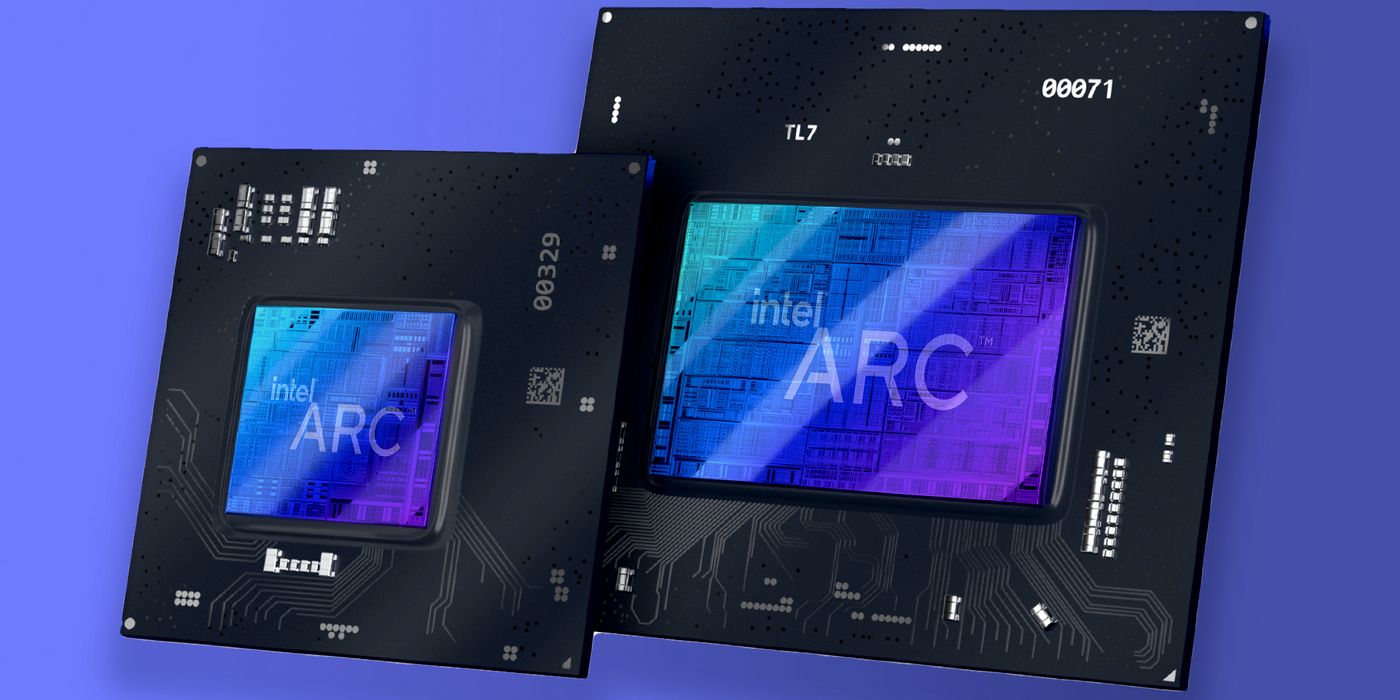AMD has released benchmark scores for Intel’s new Arc laptop GPUs, showing they’re no match for its Radeon mobile graphics solutions. Intel and AMD have been fierce rivals in the world of x86 CPUs for decades, but they’re now also locking horns in the discrete GPU market. Intel’s new products promise to offer a true alternative to the Nvidia-AMD duopoly in the GPU market.
Intel this week released its Arc A-series discrete GPUs for laptops, with the desktop cards expected to be launched in the summer. Even on the laptop side of things, Intel announced three distinct lineups – Arc 3, Arc 5, and Arc 7, although only the Arc 3 A350M and A370M have started shipping. Devices with the Arc 5 and Arc 7 chips will only launch in ‘early summer.’
A day after Intel launched its Arc A-series laptop GPUs, AMD tweeted a series of gaming benchmarks that pit the Arc A370M against its Radeon RX 6500M. The benchmarks show the average frame rates (fps) offered by the two cards in 1080p resolution with medium details over five different games. While the Intel card can barely hit between 60fps and 71fps in most of the games, the AMD GPU manages from 88 fps to 135 fps. The biggest difference between the two cards is in F1 2021, where the RX 6500M hits 135fps, while the A370M could only manage 63fps. They’re the closest in Strange Brigade in high settings, where the Intel GPU reached 69fps and the AMD GPU hit 88fps. The three other games benchmarked by AMD include Hitman 3, Total War Saga: Troy, and Final Fantasy XIV.
Disappointing Benchmark Scores For Intel?

The benchmarks would normally suggest a big victory for AMD, given the lower frame rates conjured up by the Arc A370M. However, there are a few caveats to keep in mind while analyzing the results. First off, the benchmarks scores are provided by AMD and not a neutral third-party, so they need to be taken with some degree of skepticism. Also, the rest of the hardware configurations of the two benchmarked laptops remains unknown, including the processor, RAM, and so on. What’s more, it’s also not clear if the two GPUs were similarly powered, which could also make a significant difference in benchmark results. Intel’s drivers will also require the fixes and refinement needed for the Arc cards to attain their full potential, which means performance could only improve from hereon.
Even if the benchmark scores are completely accurate and indicative of the true performance gap between the Arc and the Radeon GPUs, the results would still be along expected lines. The Arc 3 is not meant for gaming and is aimed at ultrabooks and regular laptops for casual gamers. They’re expected to offer better performance than the company’s older Iris Xe integrated graphics, but won’t be the go-to hardware for serious gamers and creators. For that, Intel will launch the A5 and A7 chips meant for the mid-range and top-end gaming laptop market, respectively. Of course, the RX 6500M is also not a gaming monster, but the upcoming Arc 5 and Arc 7 cards will likely be more indicative of whether Intel will be able to compete on even terms against Nvidia and AMD in the gaming laptop market.




